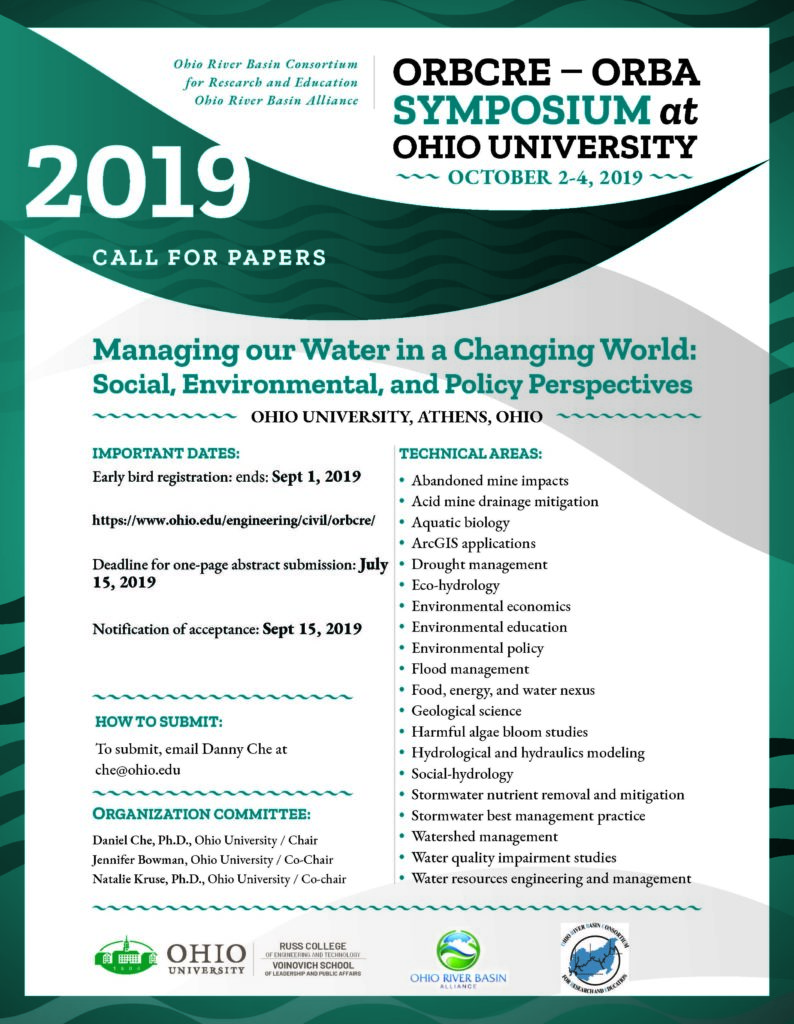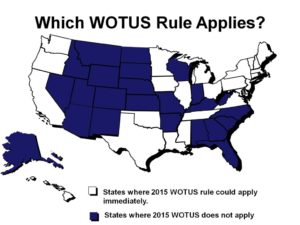On Thursday, Sept. 12, the EPA and the US Army Corps of Engineers signed a pre-publication version of the repeal of the 2015 Waters of the U.S. (WOTUS) Definition. The 2015 WOTUS definition was adopted during the Obama administration and was immediately challenged in multiple district courts. Because some of the court’s that considered initial challenges to the WOTUS rule enjoined its use in those districts, the 2015 definition is currently used in only 22 states as well as in the District of Columbia and all U.S. territories. Meanwhile, in 27 states the pre-2015 WOTUS definition was still in effect (it was unclear which version was applicable in New Mexico). Once published in the Federal Register in the coming weeks, the entire country will once again be subject to the same definition of “waters of the United States”.
The WOTUS definition was first adopted in 1986 and revised in 1988. Since then there have been numerous court cases and subsequent regulatory guidance letters issued by the Corps and EPA in an effort to help reduce confusion and uncertainties for the regulated community and regulatory agency personnel. Due to regulatory uncertainties it is important for the WOTUS definition to be resolved. The Supreme Court in a number of its prior rulings has encouraged the Corps and EPA to clarify the WOTUS definition through the rule making process rather than through the issuance of additional guidance.
The repeal rule will be published in the Federal Register during the next couple of weeks and will become effective 60 days after publication. EPA Administrator Andrew Wheeler said they are targeting late 2019 for a separate rule that will establish new standards for the replacement WOTUS definition. The new standards were set forth in a proposed rule issued in the Federal Register on February 14, 2019.
Stream + Wetlands Foundation (S+W) continues to monitor the activities surrounding the WOTUS rule development. S+W believes it is important for EPA and USACE to resolve this longstanding problem soon. We believe that a better WOTUS definition would be beneficial to the environment and the regulated community. A comprise on the WOTUS definition should be followed with revisions to the permitting programs. There are far too many inefficiencies in the permitting programs that result in lost time and money by the regulatory agencies and permit applicants. An improved regulatory program could reduce the time and expense born by agencies and applicants. The time and funds wasted on the inefficient permitting program should then be directed towards improving environmental outcomes in the permitting process.



